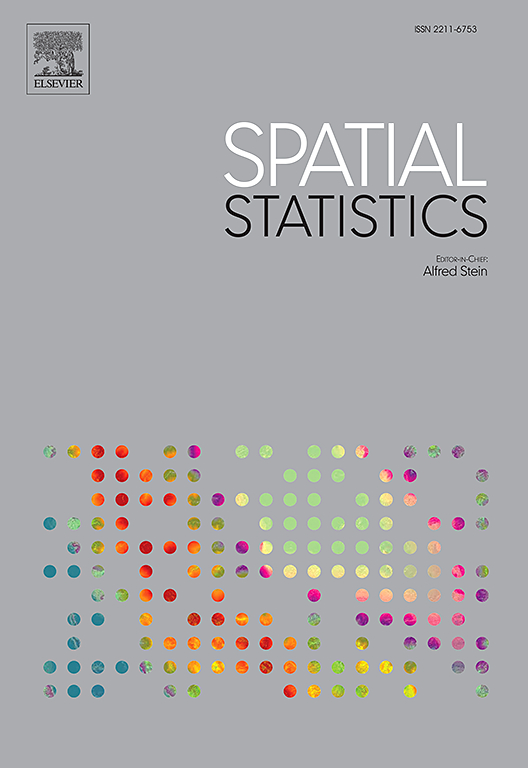As global warming progresses, it is increasingly important to monitor and analyse spatio-temporal patterns of heat waves and other extreme climate-related events that impact urban areas. In this work, we present a novel dynamic spatio-temporal model by combining a state space model (SSM) and a generalised hyperbolic distribution to flexibly describe a spatial–temporal profile of the tail behaviour, skewness and kurtosis of the local urban temperature distribution of the greater Tokyo metropolitan area. Such a model can be used to study local dynamics of temperature effects, specifically those that characterise extreme heat or cold. The focus of the application in this paper will be heat wave events in the greater Tokyo metropolitan area which is known to be prone to some of the most severe heat wave events that have one of the largest population exposures due to high density living in Tokyo city. The advantages the proposed model offers are as follows: it accommodates skewed and fat-tail distributions for temperature profiles; the model can be expressed as a location-scale linear Gaussian SSM which allows the development of an efficient Monte Carlo mixture Kalman Filter solution for the estimation. The proposed model is compared with the Gaussian SSM through application to maximum temperature data in the Tokyo metropolitan area between 1978–2016. The result suggests that the proposed model estimates the temperature distribution more accurately than the conventional linear Gaussian SSM and that the predictive variance of our method tends to be smaller than that obtained from the conventional spate time linear Gaussian SSM benchmark model.


